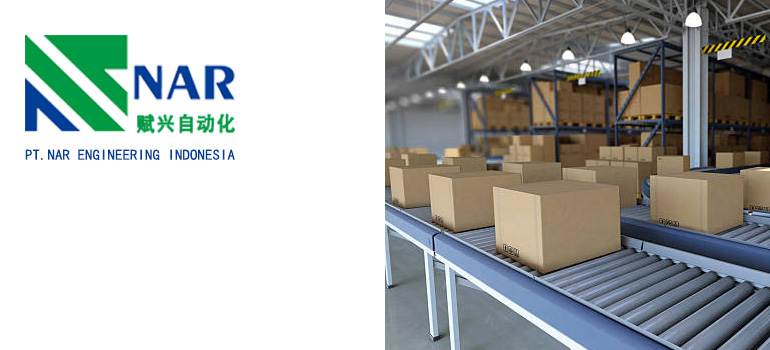Summary:
What is a Conveyor Drive Unit?
Introduction to Conveyor Drive Units
Components of a Conveyor Drive Unit
Types of Conveyor Drive Units
Advantages of Conveyor Drive Units
In the vast landscape of industrial automation, the efficiency and functionality of conveyor systems play a pivotal role in ensuring smooth operations across various sectors. At the heart of these conveyor systems lies a crucial component known as the Conveyor Drive Unit. In this comprehensive blog post, we will delve into the intricacies of the Conveyor Drive Unit, exploring its definition, components, types, applications, and the role it plays in enhancing the overall performance of conveyor systems.
Introduction to Conveyor Drive Units

A Conveyor Drive Unit serves as the powerhouse of conveyor systems, responsible for imparting motion to the conveyor belt and facilitating the movement of goods along the production line. This essential component converts electrical energy into mechanical power, offering a dynamic solution for material handling in diverse industries.
Components of a Conveyor Drive Unit
Understanding the anatomy of a Conveyor Drive Unit is fundamental to grasping its operational significance. Key components include the motor, gearbox, couplings, and braking systems. We’ll explore each of these elements to shed light on their functions and interplay within the drive unit.
Motor: As the prime mover, the motor converts electrical energy into mechanical power. Different types of motors are employed based on specific application requirements, such as AC or DC motors.
Gearbox: The gearbox is crucial for regulating the speed and torque of the conveyor belt. It acts as a mediator between the motor and the conveyor, ensuring optimal performance and energy efficiency.
Couplings: Couplings connect various components within the drive unit, enabling smooth power transmission and compensating for misalignments.
Braking Systems: Brakes are essential for controlling the speed of the conveyor belt and ensuring precision in material handling. They contribute to the safety and reliability of the overall system.
Types of Conveyor Drive Units
Conveyor Drive Units come in various types, each tailored to specific industrial applications. Common types include:
Direct Drive Units: These units feature a motor directly connected to the drive pulley, eliminating the need for a gearbox. They are known for their simplicity and energy efficiency.
Chain Drive Units: In this configuration, a chain connects the motor and the drive pulley, transmitting power through a series of interconnected links.
Belt Drive Units: Similar to chain drive units, belt drive units use belts instead of chains for power transmission. This design is popular for applications where quieter operation is desired.
Applications of Conveyor Drive Units
The versatility of Conveyor Drive Units makes them integral across a spectrum of industries, including manufacturing, mining, logistics, and food processing. From assembly lines to distribution centers, these drive units facilitate the seamless movement of goods, enhancing productivity and streamlining processes.
Advantages of Conveyor Drive Units
A well-designed Conveyor Drive Unit offers several advantages, contributing to the efficiency and reliability of conveyor systems. These include:
Increased Productivity: By ensuring a steady and controlled flow of materials, conveyor drive units optimize production processes.
Energy Efficiency: Modern drive units are designed with energy efficiency in mind, minimizing power consumption and reducing operational costs.
Precision Control: Advanced braking and speed control mechanisms allow for precise material handling, minimizing errors and improving overall system accuracy.
In conclusion, the Conveyor Drive Unit stands as a testament to the evolution of industrial automation, providing a robust and efficient solution for material handling challenges. Its diverse applications, coupled with advancements in technology, continue to shape the landscape of conveyor systems across various industries. As we navigate the intricacies of modern manufacturing and logistics, understanding the critical role of the Conveyor Drive Unit becomes paramount for those seeking to optimize their processes and stay at the forefront of industrial innovation.

